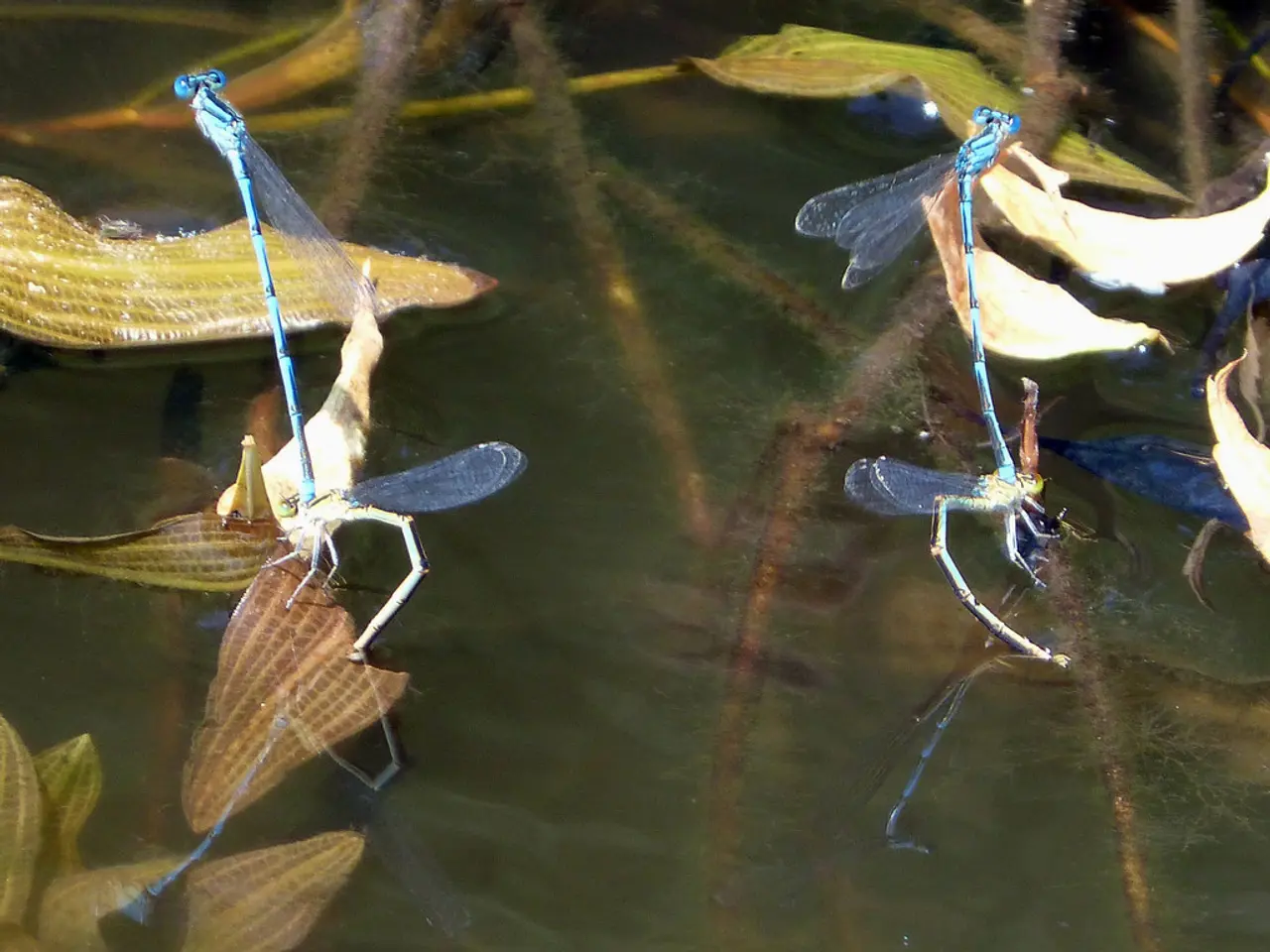Rare Ruddy Shelducks Kick Off Migratory Season at Uttarakhand's Asan Wetland
The first snowfall in Uttarakhand's higher Himalayan reaches has brought a chill to the plains, heralding the arrival of migratory birds. Among the first to grace the skies of Dehradun district is a flock of 32 rare ruddy shelducks, marking the start of the migratory season at the Asan Wetland.
The birds, known for their striking gold-gleaming plumage, arrived at the Asan Barrage around 11:00 AM on Tuesday. Authorities are gearing up for their arrival and that of other migratory species by cleaning bird-watching towers and repairing mudflats. The 444.4-hectare Asan Wetland, a biodiversity hotspot and Ramsar site, hosts a wide array of species including the painted stork, Eurasian wigeon, gadwall, various cormorants, and herons. One of the most anticipated winter residents is the Pallas's fish eagle, a large bird of prey that has been nesting annually in the wetland for the last 60 years, favoring the highest branches of the semal tree due to its aversion to human interference. The eagle's presence is significant as an indicator of wetland health and biodiversity in the region and attracts large numbers of bird lovers annually. The migratory birds typically stay at the Asan Wetland until March, returning to their native lands as summer approaches.
The arrival of the ruddy shelducks signals the start of the migratory season at the Asan Wetland. With authorities preparing the area and various species expected to follow, the wetland is set to host a diverse array of birds until the spring. The presence of these migratory birds not only enriches the biodiversity of the region but also draws visitors, contributing to local tourism and conservation efforts.








